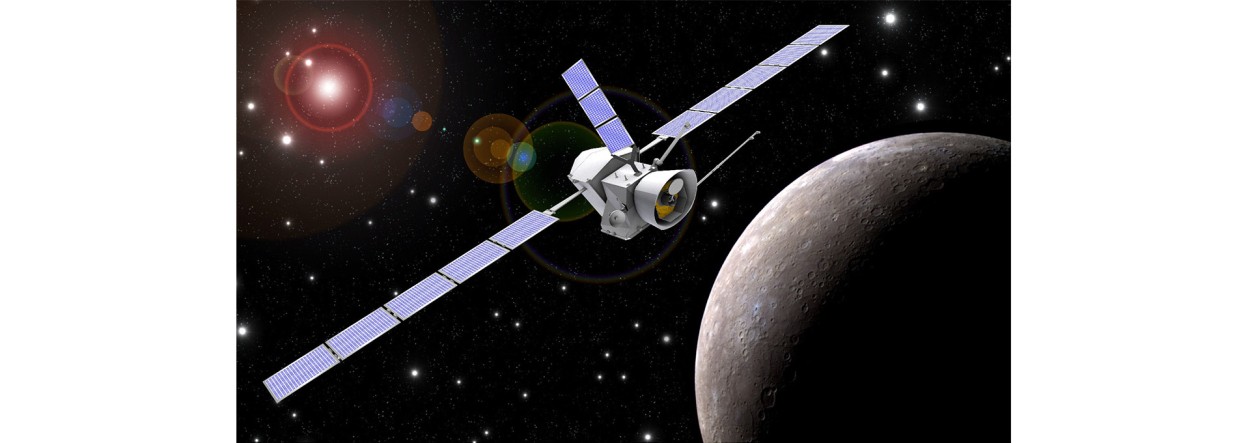BepiColombo space mission witnesses oxygen and carbon escaping from Venus
 Artist's view of the BepiColombo mission. Credit ESA.
Artist's view of the BepiColombo mission. Credit ESA.
The BepiColombo space mission, which left in 2018, made a close encounter with Venus. Many onboard instruments were switched on at the time. Among them, the MSA ion mass spectrometer was designed by the Plasma Physics Laboratory (LPP*), in collaboration with ISAS-JAXA, MPS Solar Sytem Research, and IDA. The high resolution of this instrument has enabled scientists to identify a flux of carbon and oxygen ions from the magnetosphere, induced by the interaction between charged particles in the solar wind and the atmosphere of Venus. This observation provides information on the dynamics of this induced magnetosphere and on the processes at work in the planet's atmosphere.
These scientific results have been published in the journal Nature Astronomy :
Lina Hadid, Dominique Delcourt, Yoshifumi Saito et al., BepiColombo observations of cold oxygen and carbon ions in the flank of the induced magnetosphere of Venus. Nature Astronomy (2024).
*LPP : une unité mixte de recherche CNRS, Observatoire de Paris-PSL, Sorbonne Université, Université Paris-Saclay, École polytechnique, Institut Polytechnique de Paris, 91120 Palaiseau, France
 Support l'X
Support l'X